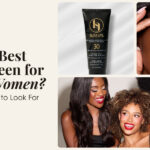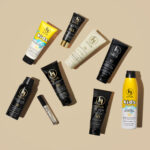Myth-Busting Facts About Sunscreen You Need To Know
While sunscreen is a powerful weapon against cancer, most users don’t understand its intricacies – like when to wear it, how much to use, and what SPF suits their skin type. Despite the use of sunscreen, a lack of knowledge on usage can put you at risk of skin damage. According to the Centers…




